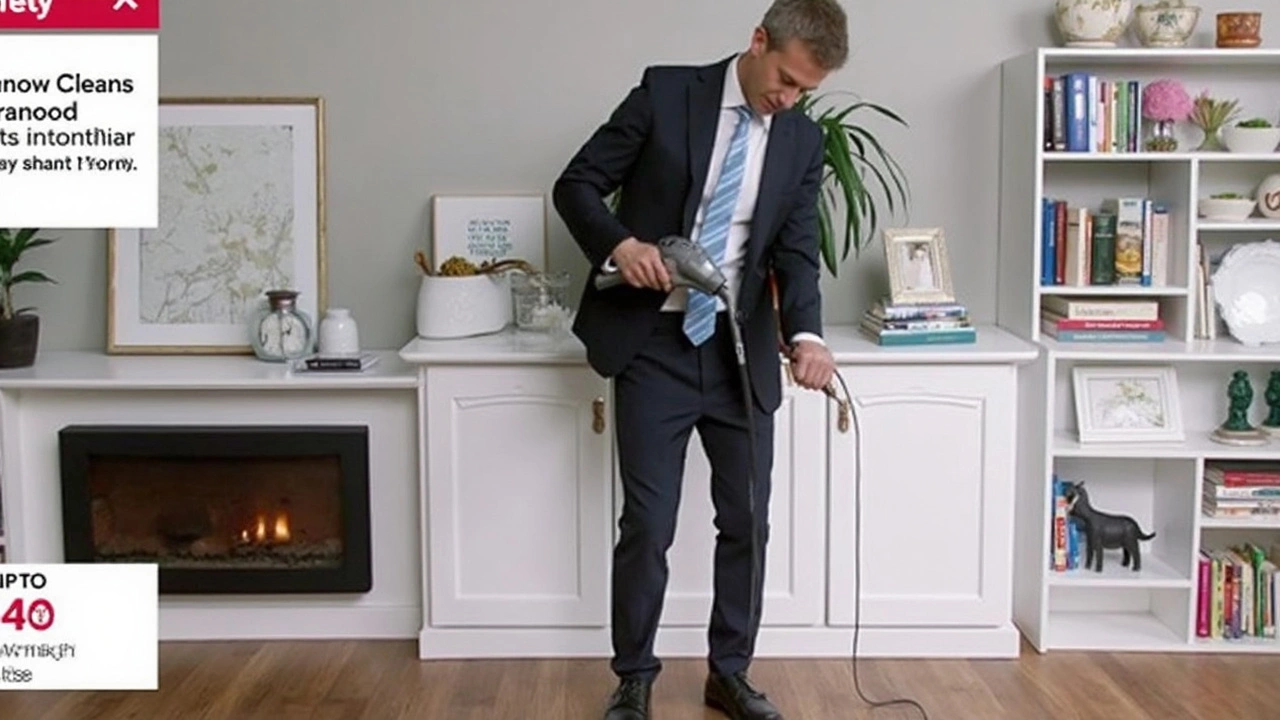Pet Anxiety: Simple Ways to Help Your Dog or Cat Feel Safe
If your pet trembles, barks nonstop, or hides whenever there’s a thunderstorm, you’re probably dealing with pet anxiety. It’s more common than you think and doesn’t have to be a lifelong problem. The good news is that most anxious behaviours can be eased with a few everyday tricks. Below you’ll find clear steps you can start using right now.
Spot the Signs Early
First, learn the tell‑tale signs. Dogs might pace, whine, or chew furniture. Cats could over‑groom, hide under furniture, or spray. Notice when the behavior starts – is it during fireworks, vet visits, or when you leave the house? Pinpointing the trigger helps you choose the right solution.
Create a Calm Environment
Make a safe space that feels like a retreat. A quiet corner with a comfy bed, a blanket that smells like home, and a low‑level white‑noise machine can work wonders. For dogs, a snug crate or a designated "den" offers security. For cats, a high perch or a covered cat cave gives them control over their surroundings.
Consistent routines are powerful too. Feed, walk, and play at the same times each day. Predictability reduces the unknown, which is the biggest driver of anxiety. Even a five‑minute pre‑walk ritual, like a calm petting session, signals to your dog that the upcoming walk is safe.
When you can’t be home, try a pet camera with two‑way audio. Hearing your voice can calm a nervous pup. For cats, leaving a piece of your clothing near their bed gives them a familiar scent to cling to.
Physical activity burns nervous energy. A brisk 30‑minute walk or a short fetch game tires your dog out, making them less likely to freak out later. Cats love interactive toys – laser pointers or feather wands get them moving and help distract from stress.
Consider calming aids. Products like Adaptil (a synthetic dog‑appeasing pheromone) or Feliway for cats mimic the natural scents that signal safety. Over‑the‑counter supplements containing L‑theanine or calming herbs can also help, but always check with a vet first.
If your pet’s anxiety spikes during specific events – fireworks, thunderstorms, or travel – use desensitization. Play a low‑volume recording of the sound for a few minutes each day, rewarding calm behavior. Gradually increase the volume over weeks. This teaches the brain that the sound isn’t a threat.
Never punish anxious behavior. Yelling or scolding only tells your pet that something is wrong, which can worsen fear. Instead, stay calm, use a gentle voice, and reward coping attempts. A small treat for staying still during a loud noise reinforces the desired response.
When home alone, give your pet a puzzle feeder or a chew toy that releases treats slowly. It keeps them occupied and provides mental stimulation, which can reduce separation anxiety. For cats, a treat‑dispensing ball works similarly.
If anxiety persists despite these steps, it’s time to talk to a vet. Sometimes medical issues like pain or hormonal imbalances masquerade as anxiety. Your vet can rule out health problems and may suggest medication or a referral to a certified animal behaviorist.
Remember, the goal isn’t to eliminate all stress – a little excitement is normal. The aim is to keep fear levels low enough that your pet can enjoy daily life. With patience, routine, and a few calming tools, you’ll see your furry friend become more relaxed and confident.
Kieran Lockhart, Apr, 4 2025
How to Handle Pet Anxiety and Master Vacuuming Techniques
Dealing with pets freaked out by vacuuming? Learn expert tips for managing anxiety and vacuuming like a pro. Discover how to use desensitization with treats, create safe spaces for pets, and avoid common vacuuming mistakes. These strategies promote harmony and cleanliness in your home.
View More




